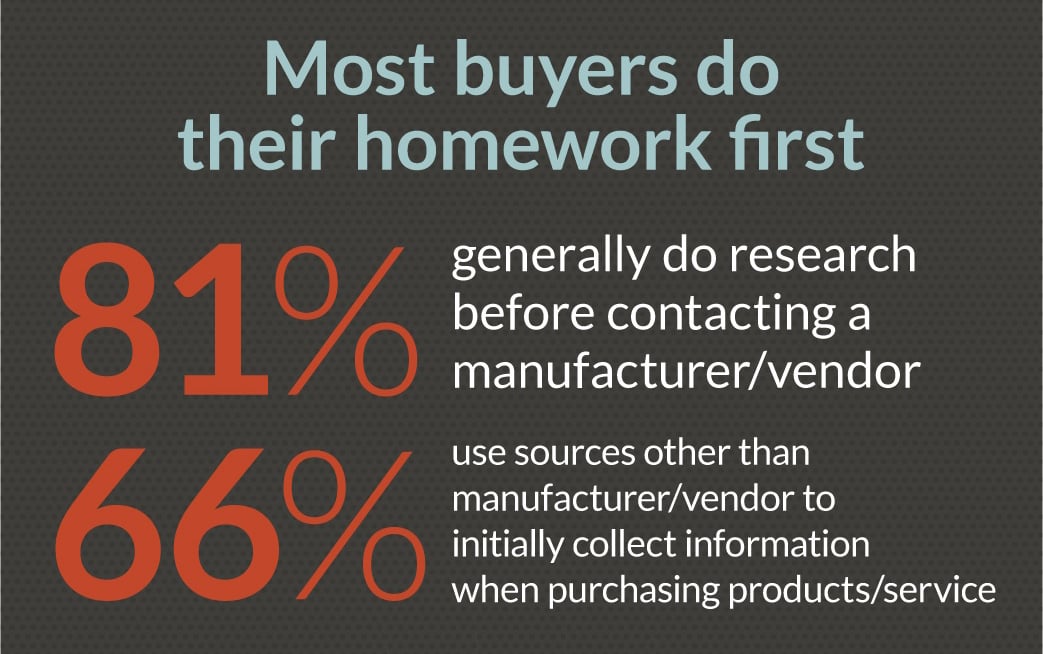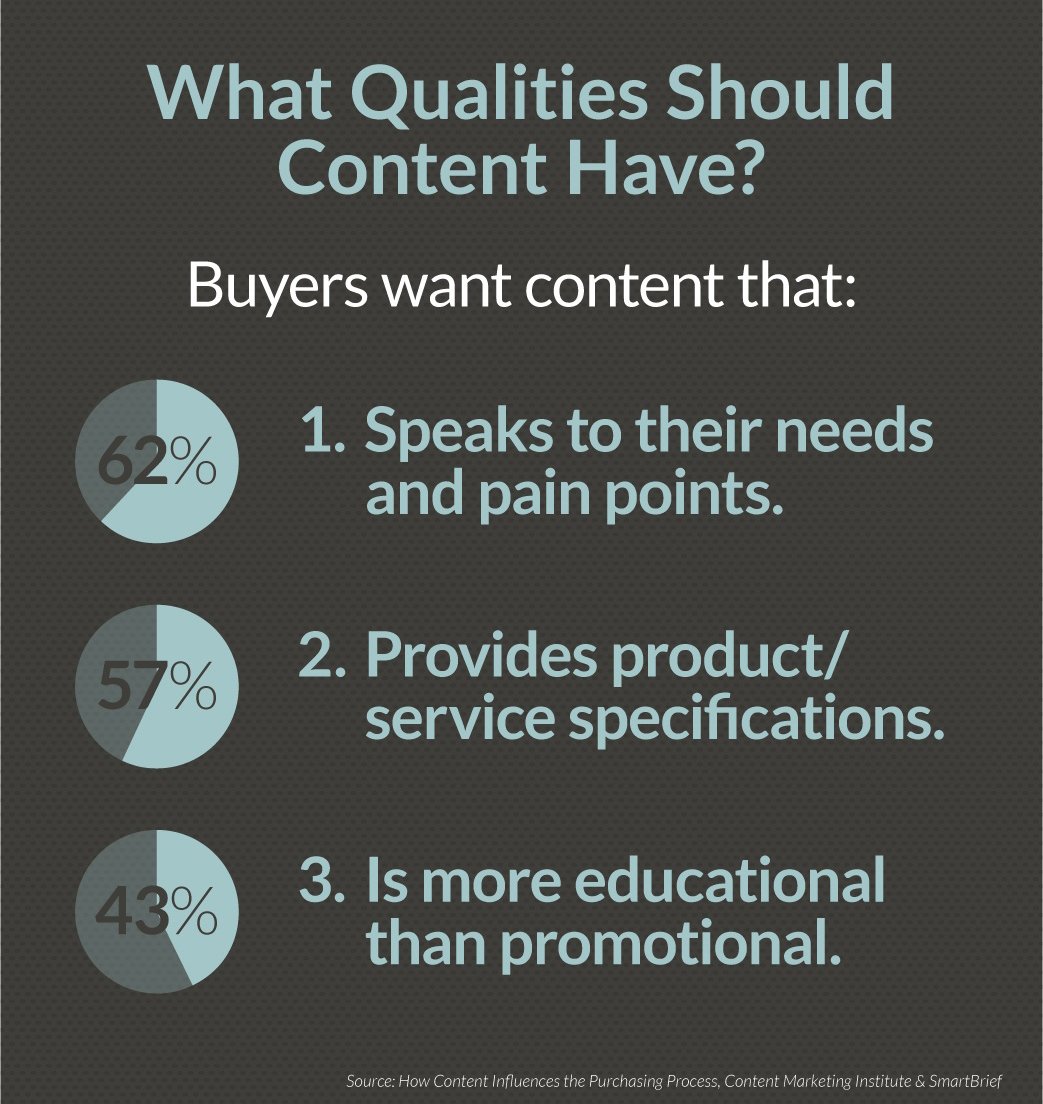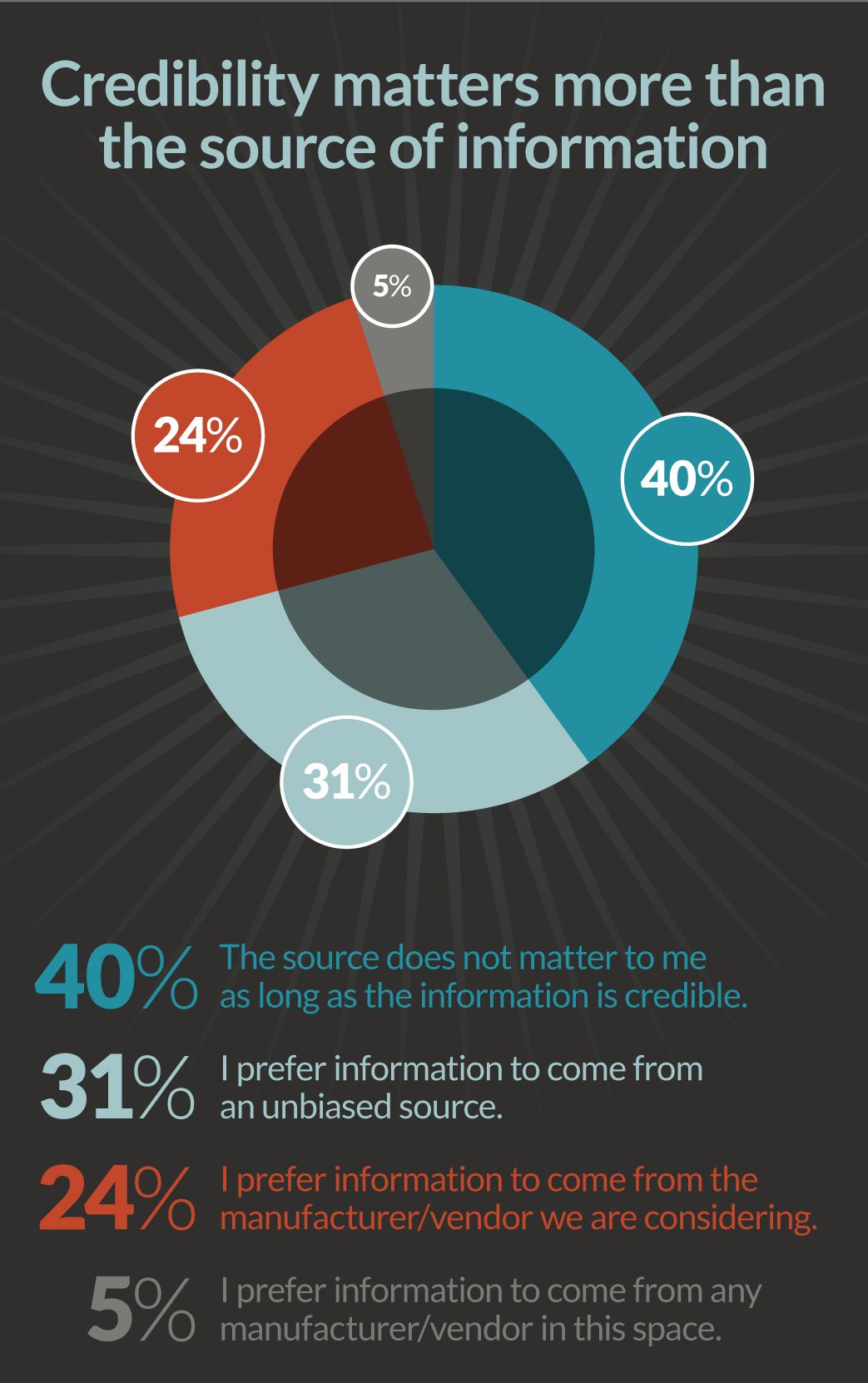3 Stats and 3 Steps That Explain Why Lead Nurturing Shortens The Sales Cycle
What if you could move a prospect from “lead” to “customer” more quickly, shortening the sales cycle and improving your marketing efficiency? You can, by nurturing leads with an automated series of offers and emails that are targeted and relevant.
Market2Lead found that nurtured leads generally have a 23 percent shorter sales cycle. Lead nurturing combined with closed loop marketing also provides vital information back to your team that pinpoints actions leads take when they are nearing a decision. This means you don’t send leads on to the sales team until they are qualified, improving your sales closing rate as well.
Wondering why it works? Consider these three stats, and some steps for making the most of your content in a lead nurturing program.
1. 48% of B2B sales cycles are long and complex, with numerous influencers. (Source: Ascend2)
What that means for you:
Few visitors to your website are ready to make an immediate buying decision. Some sources say as few as 3 percent are there with that intention. But that doesn’t mean their visit has no bearing on future sales. Instead, that visit sets up the opportunity for you to walk with a prospect through a long and winding process.
The first step is to use offers and landing pages to capture the lead’s contact information. That kicks off a lead nurturing campaign designed to build a trusting relationship based on useful information.
Lead nurturing campaigns use a strategic workflow to offer leads increasingly focused content, beginning with introductory and informational materials for those in the awareness and early engagement stages, and transitioning to more solution-based materials as they enter the consideration and comparison stages.
Check out these posts for more details on planning the content and nurturing emails that make up a complete campaign:
Bonus stat: More than 8 in 10 buyers research solutions before directly contacting a vendor.

Find more from the same study here: B2B Marketing Content: What Buyers Want From Vendors.
2. 62% of business buyers want content that speaks to their pain points; 43% prefer content that is more educational than promotional. (Source: Content Marketing Institute and SmartBrief)
What that means for you:
Focus on creating high quality content. It isn’t enough to pump out product-centric blog posts and social media updates, or to cram keywords into copy in hopes of gaming the search engines. More isn’t always better, especially if your content isn’t achieving the desired results.

1. Quality content is useful. Useful content helps your reader (aka a sales prospect) find a solution to a problem. It should provide resources needed to implement the solution, and be more informative than promotional. In fact, 97 percent of business buyers say they prefer prescriptive content. See what other types of content they rate high: Content B2B Buyers Want Most.
2. Quality content is findable. Keywords do still matter when creating content, so take time to consider what your customers are most likely searching for, and work those words and phrases into your text, headings and meta data. But don't overlook the importance of writing for readers, as search engines increasingly use reader behavior, such as time on page, to rank their search results. Making content findable also means promoting it - on social media, through email, and through links from other content.
3. Quality content is shareable. Make your content something readers will want to share with others. Readers share things that are interesting, entertaining, unique or that they believe will be helpful to others. Learn more about the psychology of sharing here.
4. Quality content tells a story. Part of what makes content entertaining or interesting is when the content tells a story. When a story has a conflict, a character to root for, or shows the human side of a brand, its products or its customers, it is more engaging. Even data can tell a story: here's how.
5. Quality content is technically sound. This may sound basic, but it's true. It pays to pay attention to details. Run everything through spellcheck before publishing. Double-check grammar, punctuation, verb tense and capitalization. Click every link to be sure it doesn't end up in a 404 error. And purge the jargon and buzzwords.
(Want to keep this list of criteria handy for new writers? Download our Content Quality Report Card.)
Bonus stat: Four in ten business buyers say the source of the information doesn’t matter, as long as it is credible.

3. Marketing automation in lead nurturing brings a 451% increase in qualified leads. (Source: Business2Community)
Business2Community revealed that companies that use marketing automation in their lead nurturing efforts had seen a 451 percent increase in qualified leads. The same source also pointed out that nurtured leads make larger purchases.
What that means for you:
Use lead nurturing and closed loop marketing to identify trigger points and determine lead qualification criteria in cooperation with the sales team.
Automated lead nurturing allows your brand to efficiently create a connection with website visitors who convert to access gated content and other offers on your website, and to continue to provide them with additional content, guiding them toward the point at which they are ready to be contacted directly by a sales representative. It also allows for the collection of data about each lead or contact that can trace back to their initial point of entry on your website, each touch along the way, and what actions they take that indicate they are nearing a decision.
These data can be used to create an effective lead scoring system. Once a sale is recorded as “closed/won” in your CRM, work backward through that customer’s journey to assign point values based on that lead’s demographics or actions taken on the website.
Those characteristics, especially once seen multiple times in different customers’ journeys, are indicative of a lead’s probability to become a customer.
Once you’ve set point values for various lead qualification categories, determine the total value that qualifies a lead to be sent to the sales team for direct contact. (See also our Lead Qualification Checklist for more details on defining your company’s version of a qualified lead.)
By using automated lead nurturing to increase the number of marketing-qualified leads you develop, sales can focus efforts on these contacts who are most ready and likely to buy, rather than chasing down every lead that comes into the system.
Are you ready to put these steps to work in your marketing program, in order to achieve the kinds of results the statistics show? One place to start is by downloading our Lead Nurturing Toolkit, an all-in-one package that includes templates and examples for creating landing pages, lead nurturing workflows and the emails used in those workflows.
-1.png?width=1652&height=294&name=Jones(RGB)-1.png)









.png?width=352&name=4%20Reasons%20To%20Use%20Lead%20Nurturing%20(And%203%20Free%20Tools%20To%20Get%20You%20Started).png)
.jpg?width=352&name=10%20Stats%20To%20Back%20Up%20Your%20Lead%20Nurturing%20Efforts%20(infographic).jpg)

